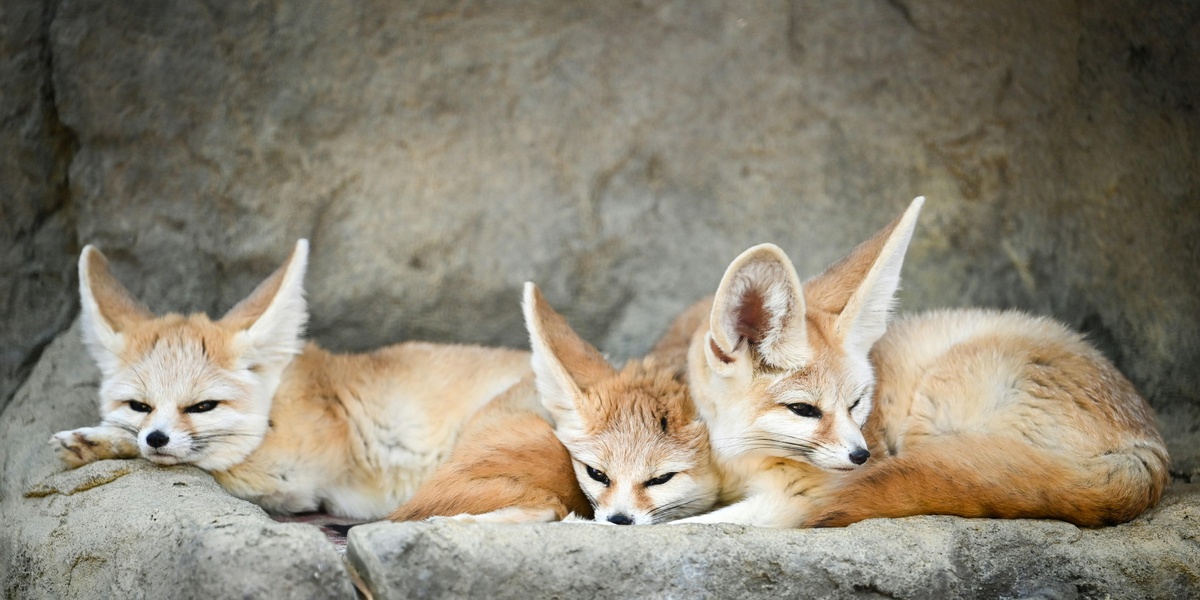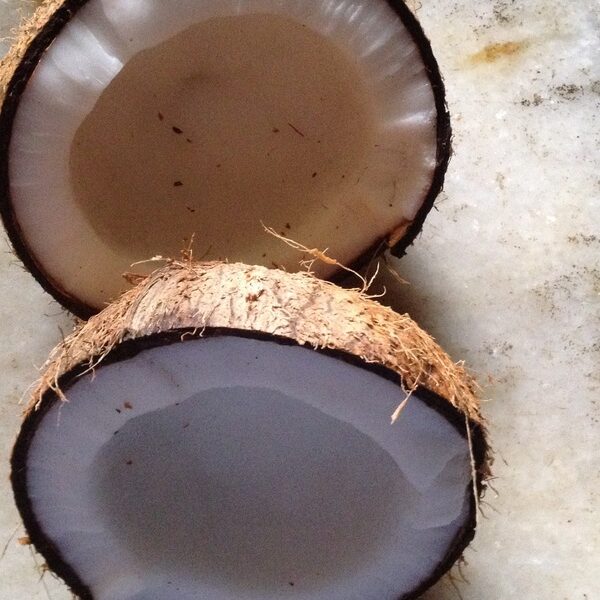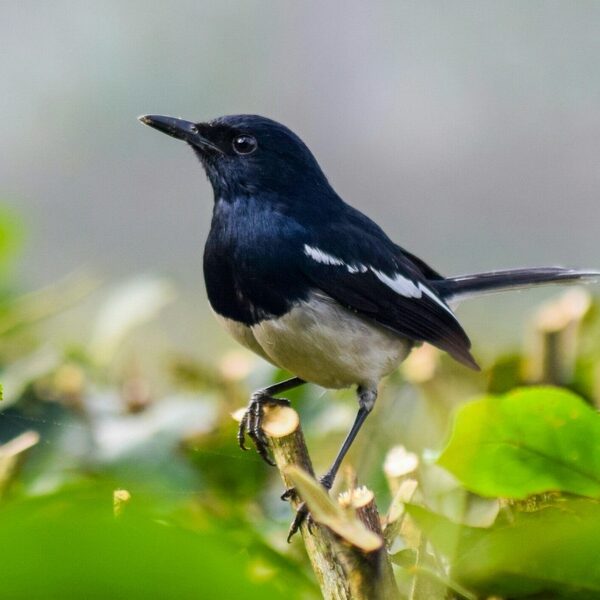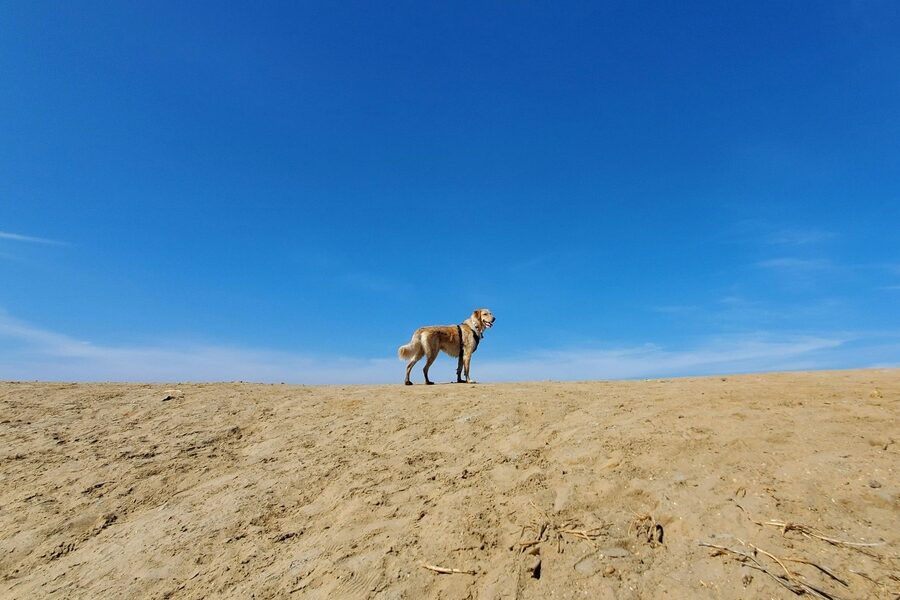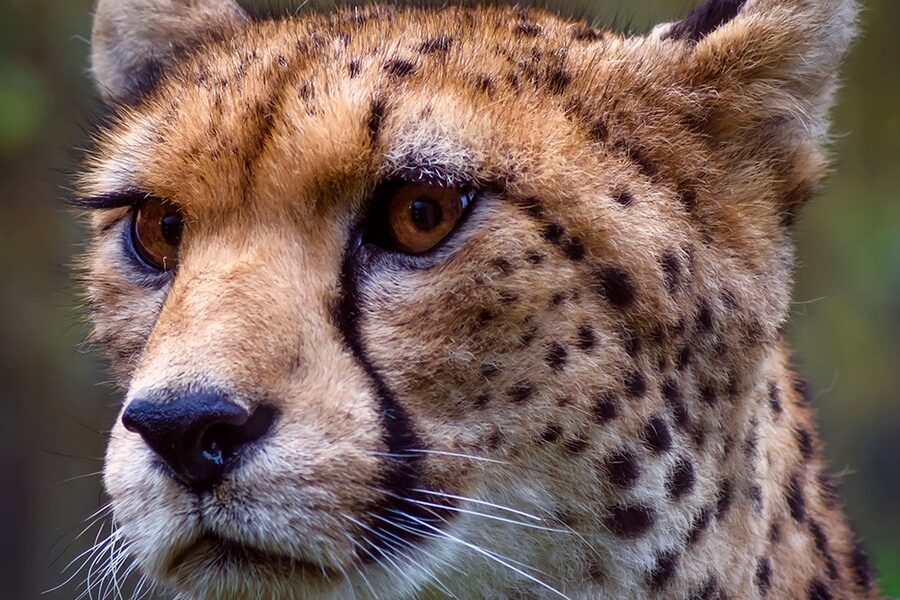Tunisia’s mix of Mediterranean coastline, forested hills and Sahara-edge steppe creates habitats that support a wide range of wildlife. From coastal birds and reptiles to mammals that roam scrub and mountains, the country’s species reflect North Africa’s ecological variety and centuries of human land use.
There are 39 Animals of Tunisia, ranging from African wildcat to Wild boar. For each species you’ll find below standardized entries showing Scientific name,Size (cm),Habitat & range (Tunisia), so you can quickly compare identification, size and where each animal is most likely to occur — you’ll find below.
What habitats in Tunisia support the most species and where should I look first?
Coastal wetlands, lowland scrub and the Atlas foothills host the highest diversity; start at protected coastal reserves and mountain valleys for birds and small mammals, and check oases and rocky outcrops for desert-adapted species.
How can I distinguish the African wildcat from a feral domestic cat and spot a wild boar safely?
African wildcats are usually slimmer with distinct tabby striping and a bushier tail tip; look for isolated sightings in scrub or rocky areas at dusk. For wild boar, observe from a distance, avoid dense cover at night, and watch for rooting signs and tracks rather than approaching animals.
Animals of Tunisia
| Name | Scientific name | Size (cm) | Habitat & range (Tunisia) |
|---|---|---|---|
| Fennec fox | Vulpes zerda | 35–45 | Sahara dunes, southern oases |
| Rüppell’s fox | Vulpes rueppellii | 40–55 | Desert plains, southern Tunisia |
| Red fox | Vulpes vulpes | 45–90 | Coastal plains to mountains, widespread north-south |
| Golden jackal | Canis aureus | 60–90 | Semi-desert, farmland, coastal areas |
| Wild boar | Sus scrofa | 90–140 | Wooded hills and forests in north |
| Barbary sheep | Ammotragus lervia | 100–140 | Rocky mountains, central and southern ranges |
| Dorcas gazelle | Gazella dorcas | 80–105 | Sahara, southern dunes and steppe |
| African wildcat | Felis lybica | 45–75 | Farmland, scrub across Tunisia |
| Common genet | Genetta genetta | 40–60 | Forests and scrubland, especially north |
| Egyptian mongoose | Herpestes ichneumon | 40–60 | Riparian scrub, coastal north and central |
| Cape hare | Lepus capensis | 35–50 | Open country, steppes and semi-desert |
| North African hedgehog | Atelerix algirus | 15–25 | Gardens, scrub, north and central Tunisia |
| Mediterranean monk seal | Monachus monachus | 200–300 | Coastal caves, few sites off Tunisia |
| Bottlenose dolphin | Tursiops truncatus | 200–300 | Mediterranean coastal waters, widespread offshore |
| Striped dolphin | Stenella coeruleoalba | 170–240 | Open Mediterranean waters around Tunisia |
| Common dolphin | Delphinus delphis | 200–250 | Pelagic Mediterranean waters, seasonal |
| Loggerhead turtle | Caretta caretta | 70–95 | Nesting beaches on southeast coast |
| Green turtle | Chelonia mydas | 70–100 | Nests on southern beaches, coastal foraging areas |
| Greater flamingo | Phoenicopterus roseus | 120–145 | Salt lakes, coastal lagoons like Gulf of Gabès |
| Eurasian hoopoe | Upupa epops | 25–32 | Woodlands, orchards, widespread in Tunisia |
| European bee-eater | Merops apiaster | 25–29 | Open countryside, coastal regions during migration |
| Barn owl | Tyto alba | 30–40 | Farmland, villages across Tunisia |
| Barbary partridge | Alectoris barbara | 30–35 | Rocky hills, Atlas foothills, northern and central Tunisia |
| Common kestrel | Falco tinnunculus | 32–40 | Open country, towns, widespread across Tunisia |
| Egyptian vulture | Neophron percnopterus | 48–68 | Scattered hills and coasts, rare and declining |
| Spur-thighed tortoise | Testudo graeca | 20–28 | Mediterranean scrub, northern Tunisia and islands |
| Egyptian tortoise | Testudo kleinmanni | 12–18 | Sandy deserts and steppe in southwest Tunisia |
| Horned viper | Cerastes cerastes | 30–60 | Sandy deserts, southern dunes and hammada |
| Sahara sand viper | Cerastes vipera | 20–35 | Sandy desert surfaces, southern Tunisia |
| Montpellier snake | Malpolon monspessulanus | 100–150 | Dry scrub and farmland, northern Tunisia |
| North African spiny-tailed lizard | Uromastyx acanthinura | 35–50 | Rocky deserts and stony plains in south |
| Painted frog | Discoglossus pictus | 5–8 | Freshwater pools and irrigation canals, north and central |
| Mediterranean tree frog | Hyla meridionalis | 3–6 | Wetlands and oases in northern Tunisia |
| European eel | Anguilla anguilla | 60–100 | Rivers and coastal lagoons, migratory species |
| Gilthead sea bream | Sparus aurata | 30–60 | Coastal Mediterranean waters, common in fisheries |
| Painted lady | Vanessa cardui | 5–6 | Open habitats, migratory and common across Tunisia |
| Cleopatra butterfly | Gonepteryx cleopatra | 6–8 | Woodland edges and garrigue, especially north |
| Little bustard | Tetrax tetrax | 40–50 | Open steppe and cereal fields, scattered populations |
| Osprey | Pandion haliaetus | 60–70 | Coastal waters and lagoons, migratory visitor |
Images and Descriptions
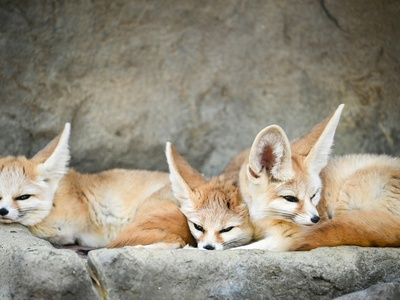
Fennec fox
Tiny desert fox with huge ears adapted for heat loss and hunting insects. Common in southern Tunisia’s Sahara, often seen near oases. Not threatened locally but sensitive to habitat change and human disturbance.
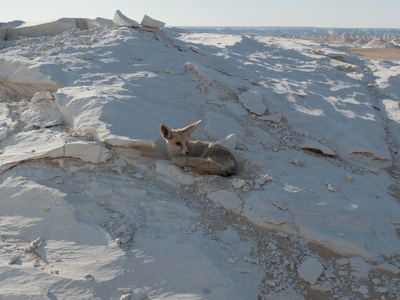
Rüppell’s fox
Small desert fox of sandy and rocky Sahara regions. Nocturnal and shy, it feeds on rodents and insects. Locally common in arid zones, rarely encountered by casual visitors.
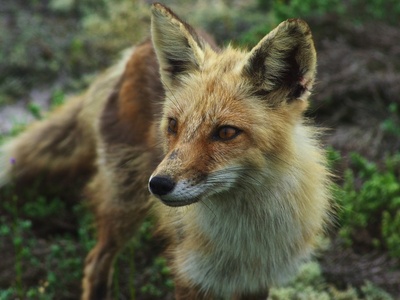
Red fox
Adaptable omnivore occupying farmland, scrub and hills across Tunisia. Medium-sized and widespread; often tolerates human landscapes. Not threatened but persecuted in some areas.
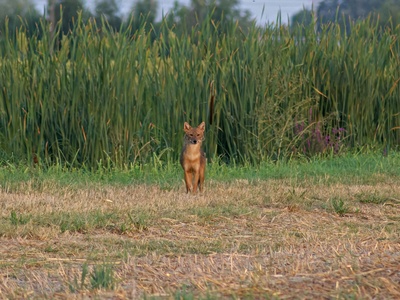
Golden jackal
Medium canid found in scrub, agricultural land and coastal wetlands. Opportunistic feeder; expanding in parts of North Africa. Locally common but subject to conflict with livestock farmers.
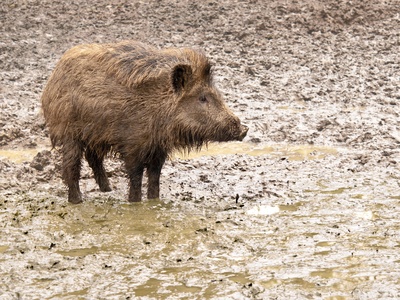
Wild boar
Robust omnivore inhabiting forested and scrubby northern Tunisia. Can be common in protected woods; impacts crops and sometimes hunted. Populations fluctuate with habitat and hunting pressure.
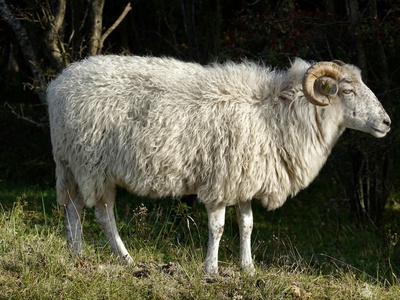
Barbary sheep
Sure-footed mountain ungulate in rocky hills and plateaus. Iconic North African species, locally vulnerable from hunting and habitat loss but still present in remote ranges and reserves.
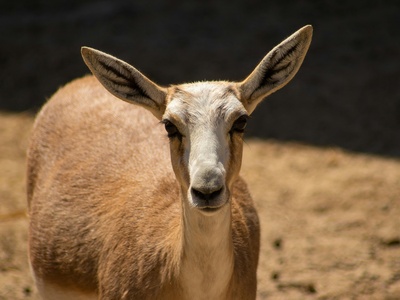
Dorcas gazelle
Small, graceful gazelle of desert and semi-desert. Found in southern Tunisia, often in small groups. Vulnerable in parts of its range from hunting and habitat fragmentation.
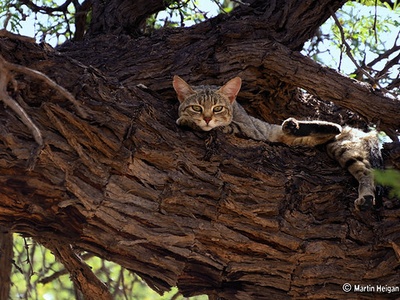
African wildcat
Small, solitary cat resembling a tabby; ancestor of domestic cats. Lives in scrub, farmland and semi-arid areas. Widespread but faces hybridization with feral domestic cats.
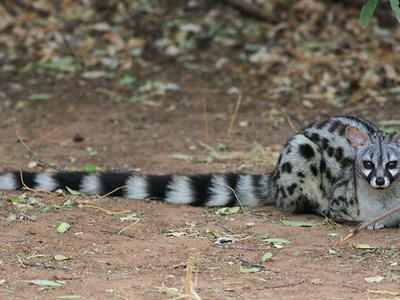
Common genet
Small spotted carnivore with long tail; nocturnal and arboreal. Present in wooded and scrubby northern Tunisia. Usually uncommon and secretive; valued for biodiversity.
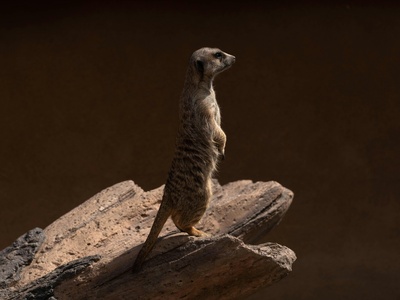
Egyptian mongoose
Diurnal mongoose frequenting wetlands, river banks and scrub. Eats reptiles and small mammals. Locally common in suitable habitats and tolerant of some human presence.
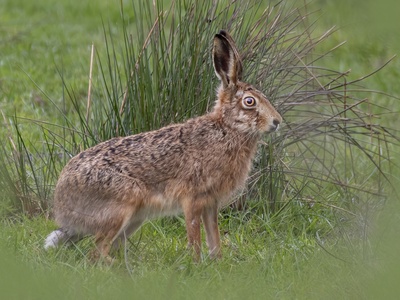
Cape hare
Fast-running hare of open plains and semi-desert. Widespread across Tunisia; common prey for raptors and carnivores. Tolerant of arid conditions.
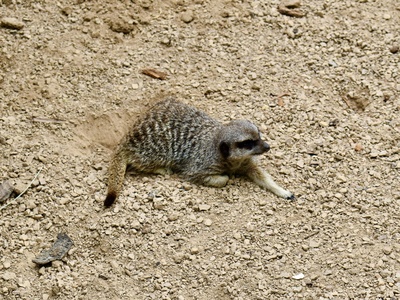
North African hedgehog
Small nocturnal insectivore found in gardens, orchards and scrub. Common in northern Tunisia; appreciated by locals though threatened by road mortality and habitat loss.
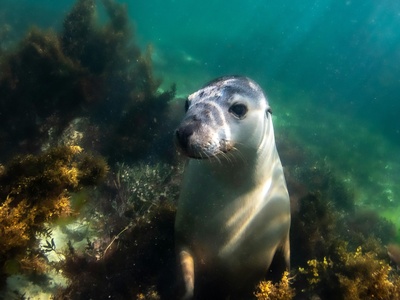
Mediterranean monk seal
Very rare, critically endangered seal that uses sea caves and remote coasts. Historical records in Tunisia persist with occasional sightings; conservation priority for Mediterranean mammals.
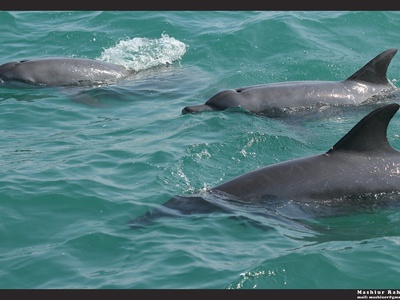
Bottlenose dolphin
Large and familiar dolphin seen in coastal and offshore waters. Frequently sighted from boats and coasts; important in local ecotourism and subject to fisheries interactions.
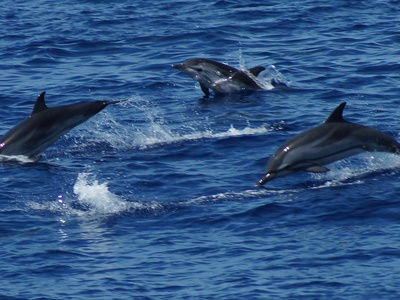
Striped dolphin
Fast, pelagic dolphin of offshore Mediterranean waters. Often seen in groups; common in deeper waters off Tunisia. Sensitive to noise and bycatch.
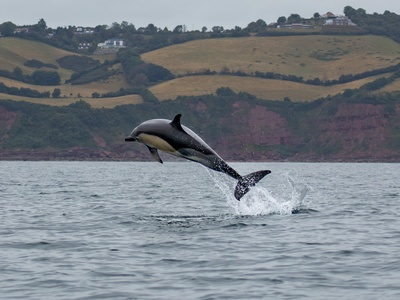
Common dolphin
Pelagic, sleek dolphin that forms large groups during seasonal movements. Present off Tunisia and important for marine biodiversity; impacted by fishing pressures.
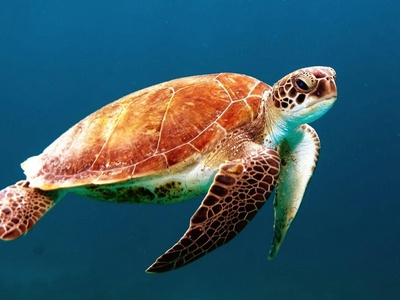
Loggerhead turtle
Large sea turtle that nests on sandy beaches, notably in southeast Tunisia. Conservation focus due to declining populations; beach protection and fisheries measures help recovery.
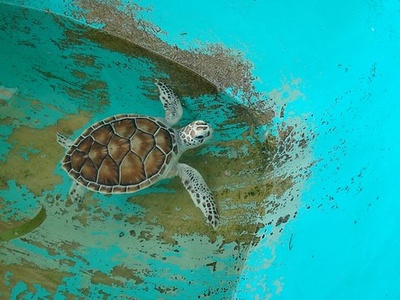
Green turtle
Herbivorous sea turtle that nests and forages in Tunisian coastal waters. Less common than loggerhead but regularly recorded; protected and monitored during nesting season.
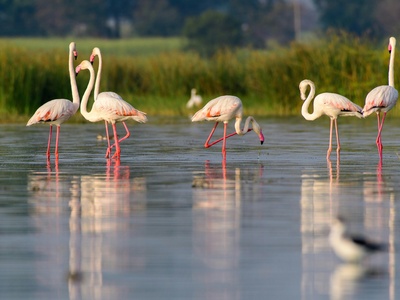
Greater flamingo
Elegant pink wader frequenting salt pans and shallow lagoons. Large flocks occur seasonally in Gabès and other wetlands. Visually striking and popular with birdwatchers.
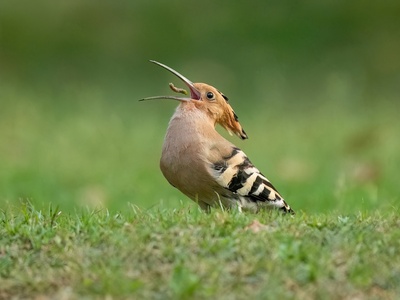
Eurasian hoopoe
Colorful bird with distinctive crest and long bill. Common across Tunisia in open woodlands and gardens; sings and feeds on insects, easily noticed by visitors.
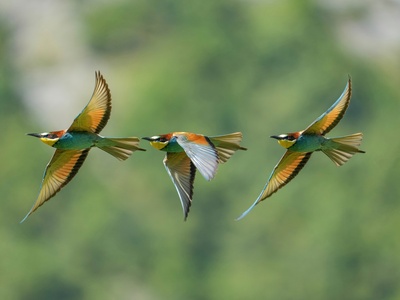
European bee-eater
Brightly colored migratory bird seen breeding and passing through Tunisia. Feeds on flying insects; striking and gregarious, popular with birdwatchers.
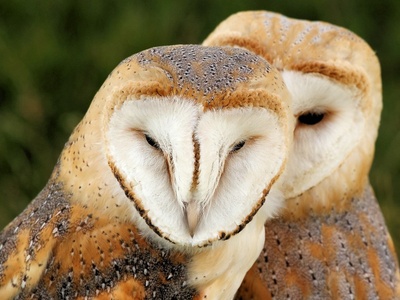
Barn owl
Silent nocturnal hunter in farmland and villages. Widespread but local densities vary; often nests in buildings and caves, valued for rodent control.
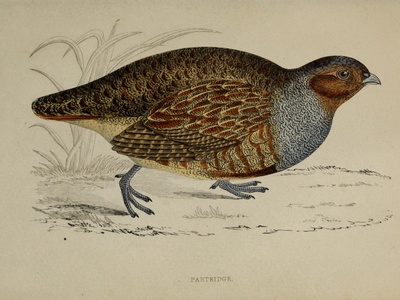
Barbary partridge
Ground-dwelling gamebird of rocky slopes and scrub. Commoner in upland areas; sought by hunters but locally abundant where habitat is intact.
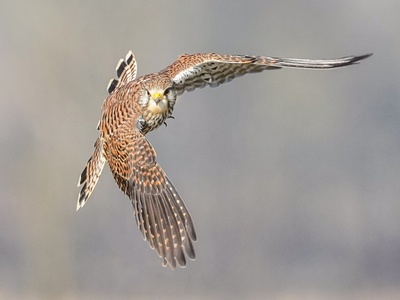
Common kestrel
Falcon often seen hovering above fields and roads. Widespread, adaptable raptor feeding on small mammals and insects. Frequently nests on buildings and cliffs.
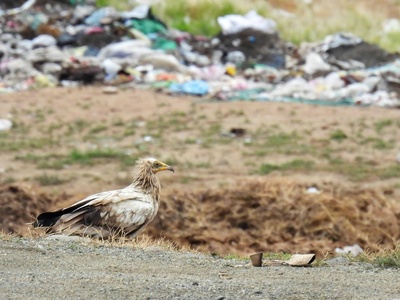
Egyptian vulture
Small white vulture seen near coasts and hills; feeds on carrion and eggs. Populations have fallen and sightings in Tunisia are now scarce and notable.
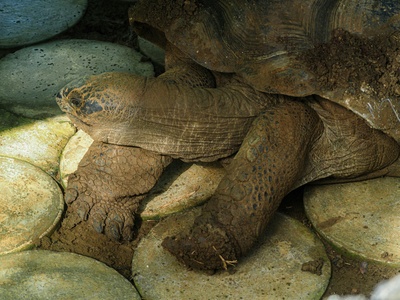
Spur-thighed tortoise
Medium tortoise of garrigue and scrub habitats. Often seen in northern Tunisia; threatened by collection and habitat loss, protected under law.
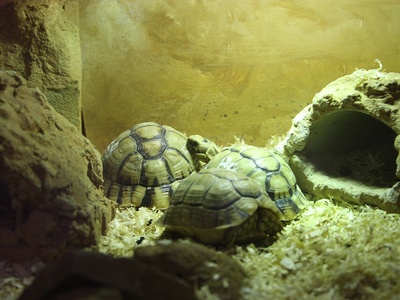
Egyptian tortoise
Very small desert tortoise critically endangered across its range. Occurs in isolated southwestern sites; highly threatened by trade and habitat disturbance.
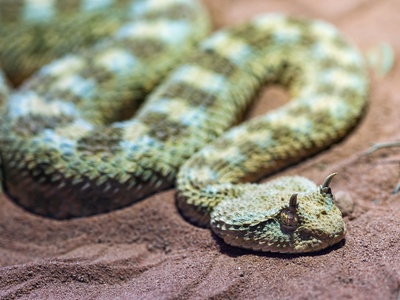
Horned viper
Iconic desert viper with horn-like scales above eyes. Ambush predator of sandy deserts; common in southern Tunisia and dangerous if provoked.
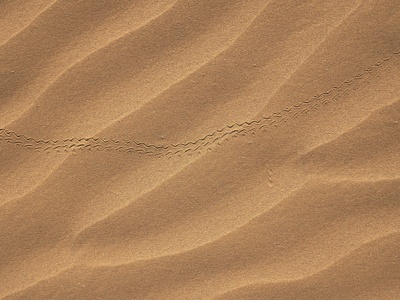
Sahara sand viper
Small sand-dwelling viper well camouflaged in dunes. Restricted to arid southern habitats; bites are medically significant but the snake is reclusive.
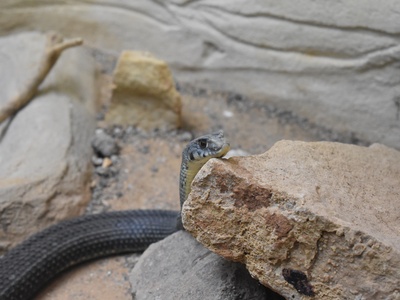
Montpellier snake
Large, fast rear-fanged snake occupying dry scrub and cultivated areas. Mostly diurnal and shy; not aggressive but can deliver a painful bite.
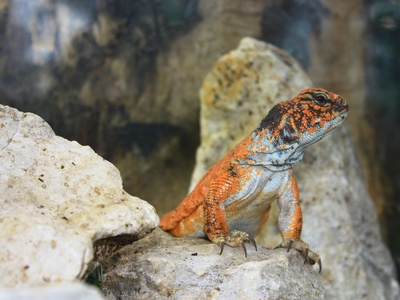
North African spiny-tailed lizard
Herbivorous, sun-basking lizard of rocky and stony Saharan habitats. Often seen on rock outcrops; important for desert ecosystems and subject to local collection.
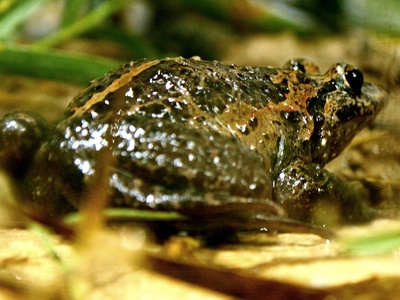
Painted frog
Small, squat amphibian occurring in ponds, ditches and irrigation systems. Common in wetter northern areas; tolerant of some human-altered habitats.
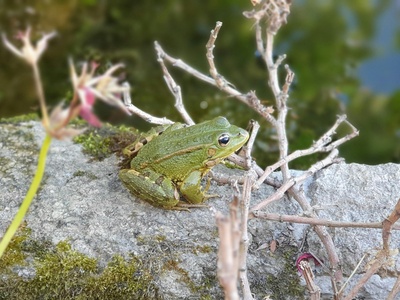
Mediterranean tree frog
Small, bright green tree frog frequenting reeds and oases. Vocal in breeding season and common where freshwater persists.
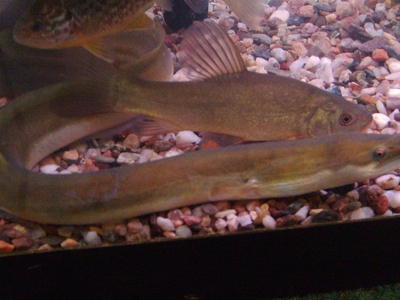
European eel
Catadromous fish that spawns in the Sargasso Sea and migrates into Tunisian rivers and lagoons. Populations have declined massively and it is critically endangered.
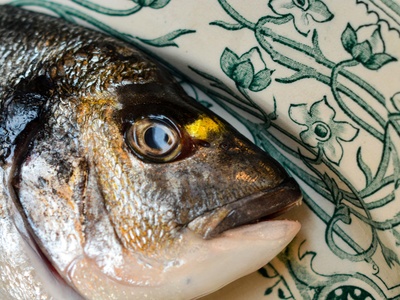
Gilthead sea bream
Important coastal fish for fisheries and aquaculture. Common in Tunisian coastal waters and a familiar species in markets and restaurants.
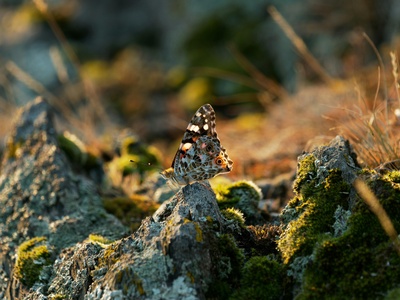
Painted lady
Widespread migratory butterfly that appears in impressive numbers. Feeds on many wildflowers; common and easily observed during migration pulses.
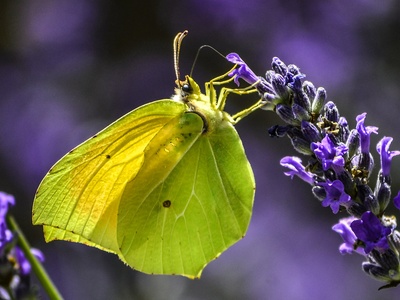
Cleopatra butterfly
Distinctive yellow butterfly common in Mediterranean woodlands and scrub. Locally abundant and a signature species of spring.
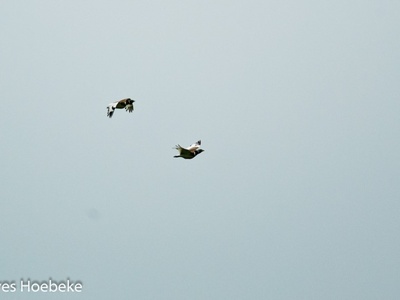
Little bustard
Plump grassland bird of open farmland and steppe. Historically common but now scattered and declining due to agriculture intensification; sightings are notable.
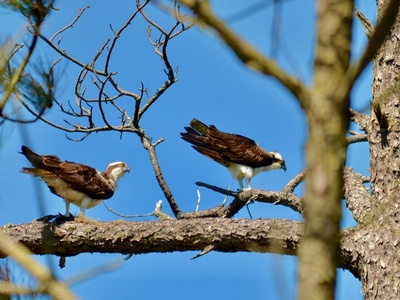
Osprey
Fish-eating raptor seen seasonally along the coast and at lagoons. Spectacular to watch when hunting; generally a passage migrant and winter visitor.
